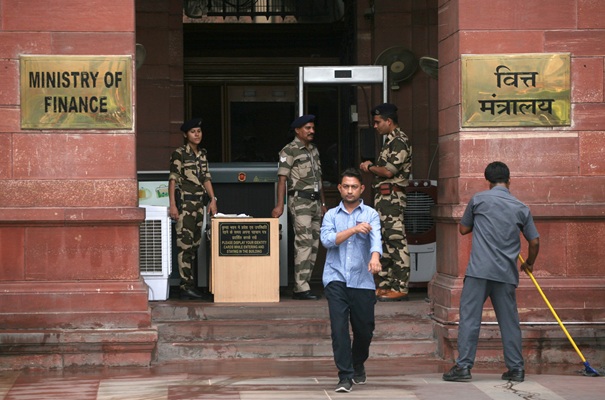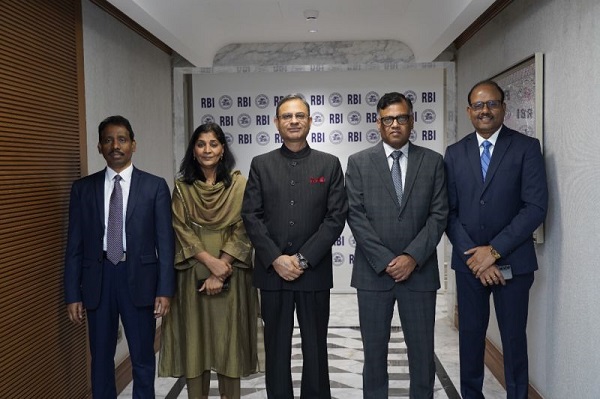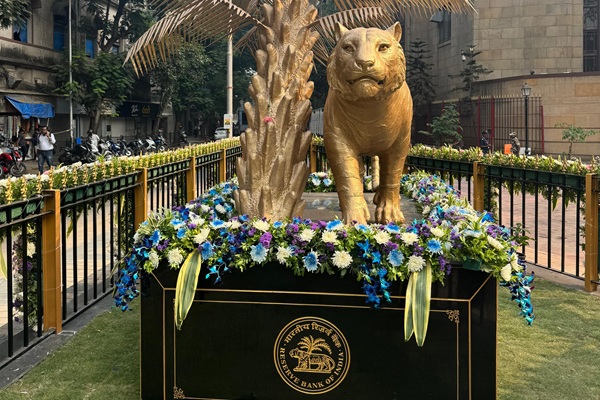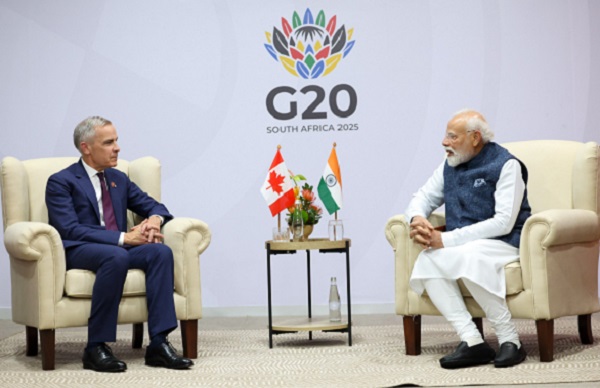.png)

Najib Shah retired as the Chairman of the Central Board of Indirect Taxes and Customs.
August 17, 2025 at 6:17 AM IST
The Goods and Services Tax has, despite some criticism, settled down nicely. Revenue was buoyant; GSTN, the technology network, was functioning well. Then came Prime Minister Narendra Modi’s address on the occasion of the country’s 79th Independence Day. A speech bold in its vision and sweep, with a focus on reforms to fulfil the nation’s aspirations for a ‘Swarnim Bharat’.
More critically, from the indirect taxation perspective, was the announcement of Next-Generation GST reforms by Diwali with an aim to reduce taxes on daily essentials, benefiting MSMEs, local vendors, and consumers, while simultaneously stimulating economic growth and creating a more efficient, citizen-friendly economy.
The prime minister’s speech mentioned the transformational impact of the GST, which had reduced tax burden, but after eight years, the call of the hour was to review the functioning of the tax. He mentioned that a high-powered committee had been constituted to review and that the States had also been consulted. No further details were given in the speech.
The details were given by the finance ministry in a tweet immediately after the PM’s address. The Central government has proposed significant reforms in GST with a focus on three pillars: Pillar One being structural reform, Pillar Two being rate rationalisation, and Pillar Three being ease of living.
Each of these pillars has sub-pillars. The most significant being under the pillar of rate rationalisation. This talks of reduction of taxes on items used by the common man, and aspirational goods—the belief being that it would increase affordability and boost consumption.
The second sub-pillar proposes moving towards a simple tax with two slabs: standard and merit, with special rates applicable only to select items. The third sub-pillar highlights the fact that with the compensation cess ending, there will be greater flexibility to rationalise and align tax rates. Compensation cess ends in March 2026.
A press briefing was held later in the evening for further clarity. The two slabs envisaged in GST were to be 5% and 18% along with a 40% rate for a small cohort of select goods—the so-called ‘sin’ goods. Essential items such as food, medicines, education and daily use items would be either at Nil or 5%.
There is no mention of a change in special rates of 0.25% for items such as precious stones/diamonds, and 3% for gold and silver. Aspirational items like TVs, refrigerators, and washing machines will likely move to 18 % from the present 28%. Thus, it is estimated that 99% of the items in the 12% slab will move to 5%; similarly, 90% of the items in the 28% slab will move to 18%.
Revenue Challenge
Obviously, this reduction in slabs will have huge revenue implications. The 18% slab currently is the biggest revenue giver with 65% of the government’s revenue coming from this slab. The remaining revenue comes from the other slabs: 11% from the 28% slab, 5% from the 12% slab and 7% from the 5% slab.
The Central government must have done its calculations. It is clear that the government believes the move will spur demand and consumption, which in turn will compensate for the dip in revenue likely to be caused by the reduction in rates and slabs. Both RBI and S&P have projected a 6.5% GDP growth in 2025-26, which would have been a factor in the calculations. But there is also the uncertainty caused by the global headwinds — the impact of the US tariffs on our labour-intensive export sectors is likely to be felt; there is also uncertainty about the secondary tariffs, which are to kick in from August 27.
It is also clear that this proposal from the Centre is unusual, more so since three Group of Ministers specifically tasked to look at these aspects are in session. A separate Group of Ministers on revenue analysis, rate rationalisation, and compensation cess are currently grappling with these very issues.
The Centre has bitten the bullet and presented its proposal to the GoM, which normally is the body making the recommendations. The advantage of the GoM making recommendations is that since it consists of representatives from opposition parties, there is greater acceptability.
With the prime minister indicating that Diwali will see these ‘Dhamaka’ reforms, the GoM and thereafter the GST Council have a very short window to deliberate and reach a consensus. Diwali this year is likely to be celebrated on October 21.
The states will be very concerned about the revenue impact of the proposals, more so since the compensation cess will cease after March 2026. They will also be uneasy about the proposal coming top-down. A lot of number crunching will need to be done to assuage their concerns. The Centre, in 2017, when GST was being launched, had to address these very same concerns by resorting to a compensation cess; that possibility is not there now.
The next GST council meeting will be critical. But the fact remains the Centre has presented a clear road map for the GST council to deliberate upon and arrive at a consensus.




